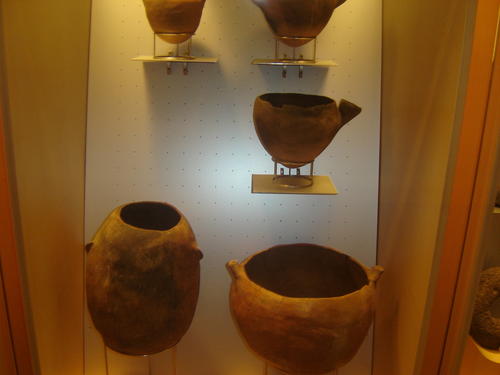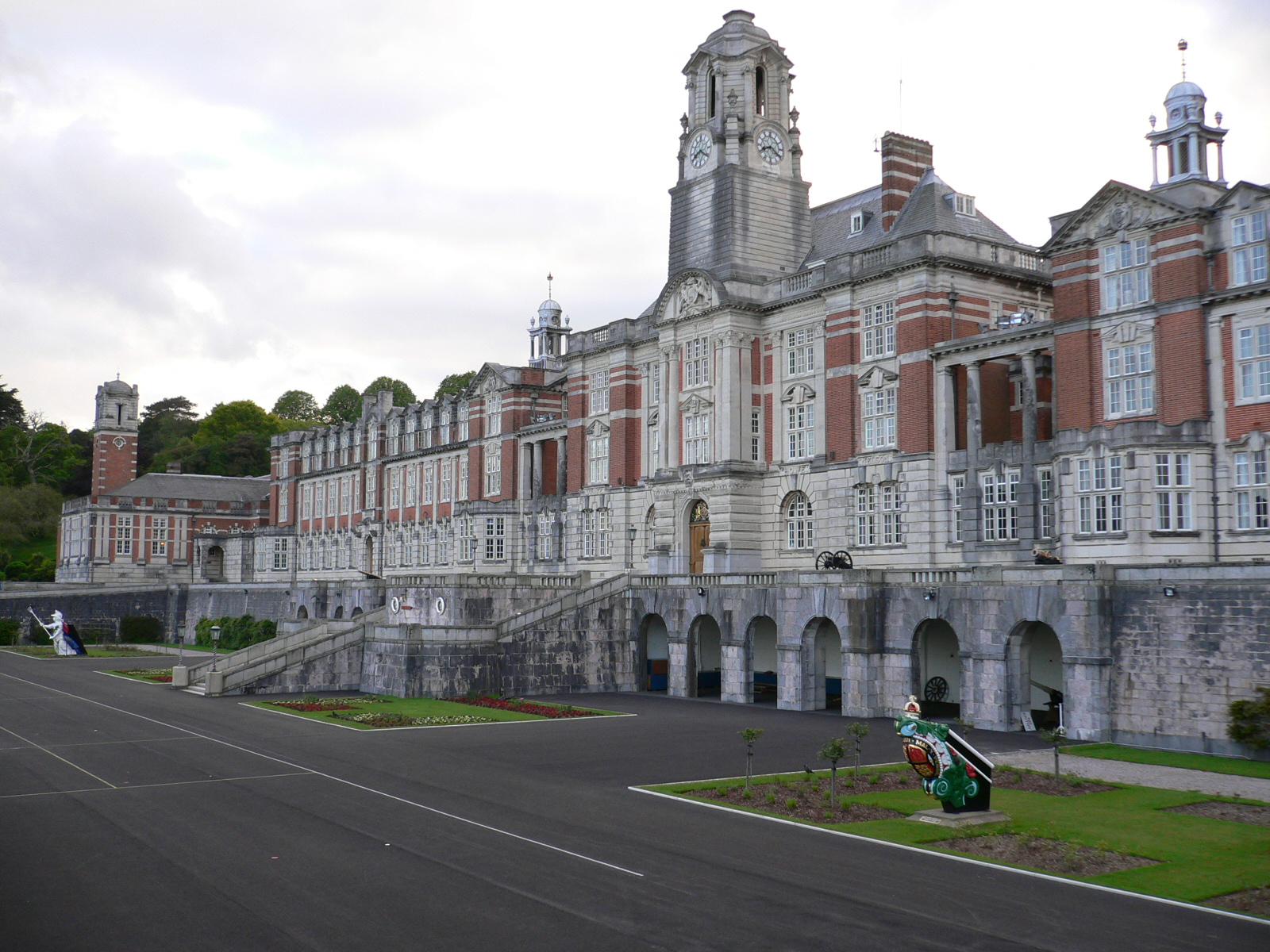|
Dácil
Princess Dácil was a Guanches, Guanche princess of the kingdom of Menceyato of Taoro, Taoro on the island of Tenerife (in the Canary Islands), best known for her marriage to a conqueror of the island. Early life Dácil or Dácila was born in the ancient ''Menceyato'' (kingdom) of Taoro (Tenerife, Canary Island), during the early second half of the fifteenth century. She was daughter to ''Mencey'' (king) Adjona and Caseloria and granddaughter of Bencomo. She had five brothers: Bentor, Ruiman, Rosalva, Chachiñama, and Tiñate. Dácil was admired throughout the island for her beauty. She was described as blond, blonde and freckled, with green eyes. Personal life Dácil was initially intended to marry Duriman el Montañes (Duriman of the Mountains). However, with the arrival of the Spanish Captain (OF-2), Captain Fernando García del Castillo, a Castilian people, Castilian officer (armed forces), officer of a Spanish Cavalry unit, Dácil gained another suitor. Captain Fernando G ... [...More Info...] [...Related Items...] OR: [Wikipedia] [Google] [Baidu] |
Bencomo
Bencomo (; 1438 – 1495) was the penultimate ''mencey'' or king of Taoro, a Guanche ''menceyato'' on the island of Tenerife. He fought in the First Battle of Acentejo, a victory for the Guanches against the invading Castilians, after having refused the terms of Alonso Fernández de Lugo. He may have perished on the heights of San Roque during the Battle of Aguere alongside his brother Tinguaro. He had several children, including Adjona, Dácil, Bentor, Ruiman, Rosalva, Chachiñama, and Tiñate. Bentor succeeded him as mencey until his suicide in February 1495. Biography According to José de Viera y Clavijo, Bencomo was the son of Imobach, grandson of Betzenuhya, and great-grandson of Tinerfe the Great. He had a brother, Tinguaro, who fought alongside him during the Castilian conquest. He married Caseloria, and together they had three children: Bentor, Dácil (later baptized as Mencía Bencomo), and María Bencomo. His grandchildren included Ruymán, Rosalva, and Colla ... [...More Info...] [...Related Items...] OR: [Wikipedia] [Google] [Baidu] |
Bentor
Bentor ( 1463 – February 1495), sometimes also called Ventor, Bentore, Benytomo, or Bentorey, was the last mencey or king of Taoro from November 1494 until his suicide in February 1495. A native Guanche prince in the Canary Islands during the second half of the 15th century, Bentor was the eldest grandson (in some sources, son) of Bencomo, the penultimate mencey (or king) of Taoro. Taoro was one of nine menceyatos, or kingdoms, on the island of Tenerife in the Canary Islands before the Spanish conquest of the islands. Bentor's mother was probably named Hañagua, although this is unclear. He succeeded his grandfather as mencey upon his father's death in November 1494, and led the kingdom until his own death by suicide four months later, in February 1495. Bentor had five siblings: one sister ( Dácil) and four brothers (Ruiman, Rosalva, Chachiñama, and Tiñate). Biography Bentor was born in about 1463, in Tenerife to Adjona. Bentor, then the Crown Prince, participated in ma ... [...More Info...] [...Related Items...] OR: [Wikipedia] [Google] [Baidu] |
Guanche People
The Guanche were the indigenous inhabitants of the Spanish Canary Islands, located in the Atlantic Ocean some to the west of modern Morocco and the North African coast. The islanders spoke the Guanche language, which is believed to have been related to the Berber languages of mainland North Africa; the language became extinct in the 17th century, soon after the islands were colonized. It is believed that the Guanche may have arrived at the archipelago some time in the first millennium BC. The Guanche were the only indigenous people known to have lived in the Macaronesian archipelago region before the arrival of Europeans. There is no accepted evidence that the other Macaronesian archipelagos (the Cape Verde Islands, Madeira and the Azores) were inhabited. After the commencement of the Spanish conquest of the Canaries, starting in the early 15th century, many natives were outright killed by the Spanish or died of exposure to new pathogens during the social disruption. Eventu ... [...More Info...] [...Related Items...] OR: [Wikipedia] [Google] [Baidu] |
Guanches
The Guanche were the Indigenous peoples, indigenous inhabitants of the Spain, Spanish Canary Islands, located in the Atlantic Ocean some to the west of modern Morocco and the North African coast. The islanders spoke the Guanche language, which is believed to have been related to the Berber languages of mainland North Africa; the language became extinct in the 17th century, soon after the islands were colonized. It is believed that the Guanche may have arrived at the archipelago some time in the 1st millennium BC, first millennium BC. The Guanche were the only indigenous people known to have lived in the Macaronesian archipelago region before the arrival of Europeans. There is no accepted evidence that the other Macaronesian archipelagos (the Cape Verde Islands, Madeira and the Azores) were inhabited. After the commencement of the Conquest of the Canary Islands, Spanish conquest of the Canaries, starting in the early 15th century, many natives were outright killed by the Spanish ... [...More Info...] [...Related Items...] OR: [Wikipedia] [Google] [Baidu] |
Menceyato Of Taoro
{{Short description, Native kingdom of the Canary Islands Taoro was one of nine Guanche menceyatos (native kingdoms) in which the island of Tenerife (Canary Islands) was divided at the time of the arrival of the conquering Spaniards. Taoro was considered the most powerful aboriginal kingdom on the island. It spanned the existing municipalities of Puerto de la Cruz, La Orotava, La Victoria de Acentejo, La Matanza de Acentejo, Los Realejos and Santa Úrsula Santa Úrsula (; named after Saint Ursula) is a town and a municipality on the north coast of Tenerife. It is located 6 km east of Puerto de la Cruz and 24 km west of the island's capital, Santa Cruz de Tenerife. The population is 14,54 .... Its ''mencey'' (king) at the time of the Spanish arrival was Bencomo and the final mencey was Bentor, who ruled the kingdom from November 1495 until his suicide in February 1496. [...More Info...] [...Related Items...] OR: [Wikipedia] [Google] [Baidu] |
Officer (armed Forces)
An officer is a person who holds a position of authority as a member of an Military, armed force or Uniformed services, uniformed service. Broadly speaking, "officer" means a commissioned officer, a non-commissioned officer (NCO), or a warrant officer. However, absent contextual qualification, the term typically refers only to a force's ''commissioned officers'', the more senior members who derive their authority from a Commission (document), commission from the head of state. Numbers The proportion of officers varies greatly. Commissioned officers typically make up between an eighth and a fifth of modern armed forces personnel. In 2013, officers were the senior 17% of the British armed forces, and the senior 13.7% of the French armed forces. In 2012, officers made up about 18% of the German armed forces, and about 17.2% of the United States armed forces. Historically armed forces have generally had much lower proportions of officers. During the First World War, fewer than ... [...More Info...] [...Related Items...] OR: [Wikipedia] [Google] [Baidu] |
Guanche
Guanche may refer to: *Guanches, the indigenous people of the Canary Islands *Guanche language, an extinct language, spoken by the Guanches until the 16th or 17th century *''Conus guanche ''Conus guanche'' is a species of sea snail, a marine gastropod mollusk in the family Conidae, the cone snails and their allies. Like all species within the genus ''Conus'', these snails are predatory and venomous. They are capable of stin ...'', a sea snail of family Conidae {{Disambiguation Language and nationality disambiguation pages ... [...More Info...] [...Related Items...] OR: [Wikipedia] [Google] [Baidu] |
Antonio De Viana
Antonio is a masculine given name of Etruscan origin deriving from the root name Antonius. It is a common name among Romance language–speaking populations as well as the Balkans and Lusophone Africa. It has been among the top 400 most popular male baby names in the United States since the late 19th century and has been among the top 200 since the mid 20th century. In the English language, it is translated as Anthony, and has some female derivatives: Antonia, Antónia, Antonieta, Antonietta, and Antonella'. It also has some male derivatives, such as Anthonio, Antón, Antò, Antonis, Antoñito, Antonino, Antonello, Tonio, Tono, Toño, Toñín, Tonino, Nantonio, Ninni, Totò, Tó, Tonini, Tony, Toni, Toninho, Toñito, and Tõnis. The Portuguese equivalent is António (Portuguese orthography) or Antônio (Brazilian Portuguese). In old Portuguese the form Antão was also used, not just to differentiate between older and younger but also between more and less important. In Gali ... [...More Info...] [...Related Items...] OR: [Wikipedia] [Google] [Baidu] |
Spanish People
Spaniards, or Spanish people, are a Romance languages, Romance-speaking Ethnicity, ethnic group native to the Iberian Peninsula, primarily associated with the modern Nation state, nation-state of Spain. Genetics, Genetically and Ethnolinguistic group, ethnolinguistically, Spaniards belong to the broader Southern Europe, Southern and Western Europe, Western European populations, exhibiting a high degree of continuity with other Indo-European languages, Indo-European-derived ethnic groups in the region. Spain is also home to a diverse array of National and regional identity in Spain, national and regional identities, shaped by its complex History of Spain, history. These include various Languages of Spain, languages and dialects, many of which are direct descendants of Latin, the language imposed during Hispania, Roman rule. Among them, Spanish language, Spanish (also known as Castilian) is the most widely spoken and the only official language across the entire country. Commonly ... [...More Info...] [...Related Items...] OR: [Wikipedia] [Google] [Baidu] |
Los Realejos
Los Realejos is a town and a municipality in the northern part of the island of Tenerife, which is the biggest town in the Canary Islands. It is part of the province of Santa Cruz de Tenerife (province), Santa Cruz de Tenerife, Spain. The town is located from the north coast, southwest of Puerto de la Cruz, west of La Orotava, and southwest of the island's capital Santa Cruz de Tenerife. The inhabitants are known in Spanish as ''realejeros''. The latest population count consists of 37,970 (2013Instituto Canario de Estadística ), its density being and the area is . The highest peak is . Los Realejos is the western terminus of the Autopista TF-5, TF-5 motorway. Background The town is split into two distinct areas or districts: *R ...[...More Info...] [...Related Items...] OR: [Wikipedia] [Google] [Baidu] |
Fuente Princesa Dácil 1
Fuente, Spanish for "fountain" or "spring", may refer to: People * Claire dela Fuente (1958–2021), Filipino singer * José Manuel Fuente (1945–1996), Spanish road racing cyclist * Justin Fuente (born 1976), college football coach in U.S. * Luis La Fuente (born 1947), Peruvian football defender Places * Fuente-Álamo, Spain * Fuente Álamo de Murcia, Spain * Fuente Carreteros, Córdoba, Spain * Fuente de Cantos, Badajoz, Spain * Fuente de Oro, Colombia * Fuente de Pedro Naharro, Cuenca, Spain * Fuente de Piedra, Málaga, Spain * Fuente de Piedra Lagoon, a wetland in Málaga, Spain * Fuente de Santa Cruz, Segovia, Spain * Fuente del Arco, Badajoz, Spain * Fuente del Maestre, Badajoz, Spain * Fuente el Fresno, Ciudad Real, Spain * Fuente el Olmo de Fuentidueña, Segovia, Spain * Fuente el Olmo de Íscar, Segovia, Spain * Fuente el Saúz, Ávila, Spain * Fuente el Saz de Jarama, Spain * Fuente el Sol, Valladolid, Spain * Fuente Encalada, Zamora, Spain * Fuente la L ... [...More Info...] [...Related Items...] OR: [Wikipedia] [Google] [Baidu] |



